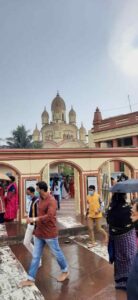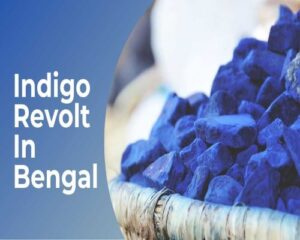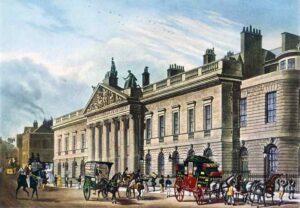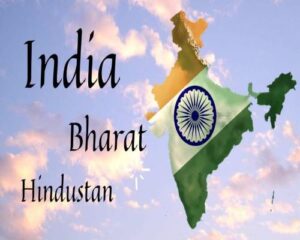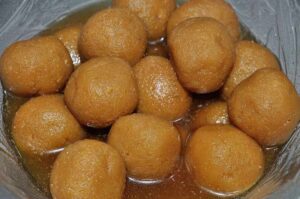16 August 1946, also known as Direct Action Day, is a black day in the history of India. On the call of Muslim League leader Muhammad Ali Jinnah, a nationwide protest was staged by the Indian Muslim community for an independent state, Pakistan. The strike led to large-scale violence between Muslims and Hindus in Calcutta. That day Calcutta became the city of the dead.
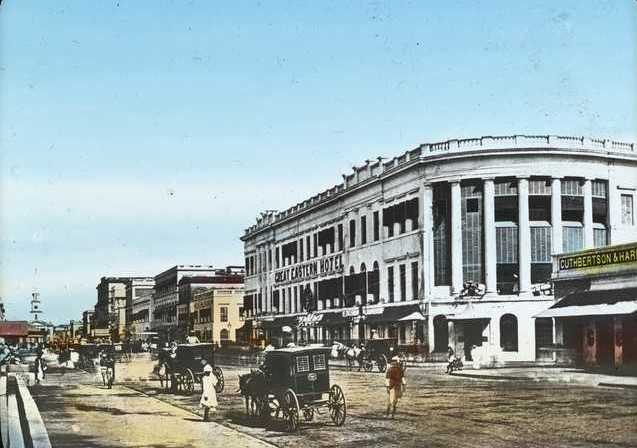
Background Of Direct Action Day
The Indian National Congress and Muslim League were the two largest political parties in undivided India in the 1940s.
The Muslim League had demanded that the Muslim-majority areas of India in the northwest(present-day Pakistan) and the east(Bengal region) be constituted as independent states.
In May 1946, the British Government sent a cabinet mission to India. They presented a plan for the transfer of power from the British Raj to the Indian leadership. The cabinet mission proposed India with independence under dominion status in the Commonwealth of Nations.
The plan was to form an interim government from the representatives of Congress, the Muslim League, and other forces.
In this political framework, both Congress and Muslim League could form an interim coalition government. The interim cabinet was supposed to have six Congress Hindus, including one untouchable, five Muslim Leaguers, a Parsi, a Sikh, and an Indian Christian.
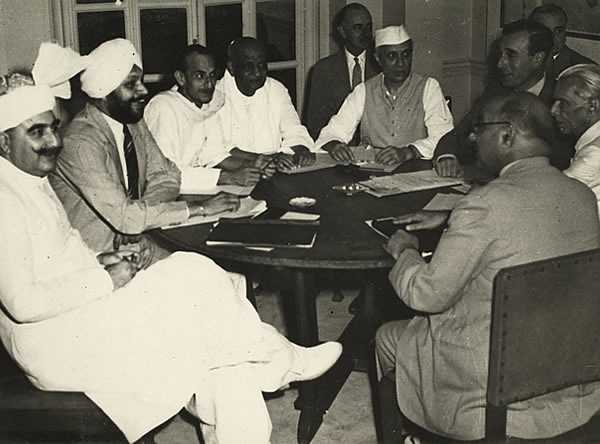
Cabinet Mission plan guaranteed the unity of India while at the same time it held out the necessary assurances to the minorities.
Both the Muslim League and Congress acquiesced to this plan.
But Mahatma Gandhi wanted Congress to reject it as there was no Muslim representation in the Government from Congress. Gandhiji wanted to demonstrate to Muslims that Congress was their party too. His actions increased the mistrust of the Muslim League.
After a month, on 10 July, Jawaharlal Nehru, the then Congress President, declared in a press conference that they are not restricted by the agreements and reserved the right to revise the Cabinet Mission Plan.
Muslim League suspected that Congress’s acceptance was insincere. Fearing Hindu domination in the interim government, Jinnah rejected the British Cabinet Mission plan.
Who Called For Direct Action?
In July 1946, Jinnah held a press conference and proclaimed that if the Muslims were not granted a separate Pakistan, they would launch direct action.
However, under these highly charged circumstances, on 10 August, Nehru accepted the invitation of the Viceroy to form an interim government.
Which Day Was Chosen For Direct Action Day?
Consequently, Muhammad Ali Jinnah announced a general strike on 16 August 1946 and called it Direct Action Day. He declared that he wants either a divided India or a destroyed India.
The plan was to hold rallies and reach out to the Muslims all over the subcontinent and explain the resolution. But, what happened was more than anyone could have anticipated.
Why Bengal Became The Center Of Direct Action Day?
Muslim league held the majority in few parts of the country and could initiate any form of mass revolt throughout India. It was beyond the political resources available to the league to arrange a mass protest movement nationwide.
However, the league was in power at one of the most important provinces of British India, Bengal. It had a mass base there. So, the task fell on H.S. Suhrawardy, then chief minister of Bengal.
In Bengal, with a Muslim League ministry in power, special efforts were made to demonstrate the strength of Muslim convictions about Pakistan.
The direct action day program was an amalgamation of modern action plans and highly emotional religious discourse.
It called for a complete general strike in all spheres of life except essential services. Special prayers were organized in every mosque after Juma prayers for Pakistan. Muslims were urged to get ready to make the sacrifice for the achievement of Pakistan.
What Was The Reaction In Bengal?
In between these preparations, communal tension became high in Calcutta preceding to direct action day. Some Bengali newspapers and pamphlets carried highly partisan and inflammatory articles that heightened antagonism between the two communities.
Hindu public opinion was mobilized around the United India slogan. They were anxious as the Bengal Government was under the control of the Muslim League. They felt threatened by the possibility of marginalizing themselves into minorities against the onslaught of the Pakistan movement.
The Muslim League Government declared a public holiday on that day. The Bengal Congress vehemently protested against this declaration.
Some leaders of the Congress Party called on Hindu shopkeepers to not observe the public holiday and keep their businesses open in defiance of the hartal.
What Happened on Direct Action Day In Bengal?
On 16th August 1946, the processions started from multiple parts of Calcutta and met at the Ochterlony Monument (now known as Shaheed Minar).
At the rally Suhrawardy, Khwaja Nazimuddin, and other League leaders spoke. Bengal had never seen such a large gathering of Muslims.
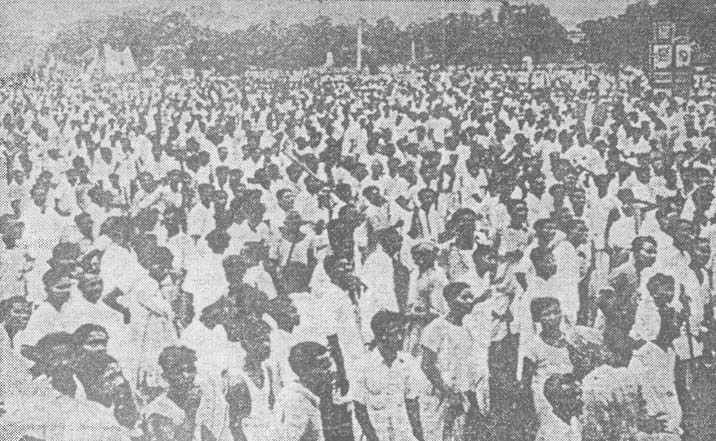
Troubles started on the morning of 16 August. Police Headquarters started reporting that the shops were being forced to close. There were many reports of brawls, stabbing, and throwing stones and brickbats.
Reportedly in his speech, Suhrawardy assured the mob that the police and military were restrained. The gathering understood this as an open invitation to commit violence on the Hindu community.
The mob was already instigated by rumors and then the Chief Minister’s assurance added fuel to the fire.
As per the reports, many listeners started attacking Hindus and looting Hindu shops soon they left the meeting.
Within few hours, mob violence unprecedented in the history of India plunged the great city of Calcutta into an orgy of bloodshed, murder, and terror. The week that followed is known as The Week of the Long Knives.
The Great Calcutta Killings
Calcutta erupted into a frenzy of violence. Groups of Muslims, Hindus, and a small community of Sikhs attacked each other in the street. These murder squads ventured into different quarters of the town, beating, raping, and killing anyone they could find. Gangs terrorized the city.
Single upcountrymen, migrants who labored in the city for their livelihood, played the most active role in the 1946 Calcutta riots. Amongst the Muslims, the butchers(Kasais), factory workers, masons, dockworkers, and other inhabitants of slums of central Calcutta were most active.
Maximum Hindu rioters were sweepers, milkmen, rickshaw pullers, security guards of government offices and business establishments, and personal retainers of the city’s prominent persons.
17 August was the day of horror for the people of Calcutta. In Kesoram Cotton Mills in Lichubagan, Metiabruz, many workers used to live in the compound. More than 300 Oriya laborers were massacred here by a massive Muslim armed mob.
Calcutta, 1946: The aftermath of 'Direct Action' on the Upper Circular Road pic.twitter.com/jDLyXYwh61
— Harpreet (@CestMoiz) January 8, 2017
Finally, Bengal was put under Viceroy’s rule on 21 August. The army was deployed in the city.
British officials were initially reluctant to call the army to handle the riots. They took too long to realize the extent of the trouble and called the army in when things had already gotten out of hand. Immediate intervention by the military might have been able to save the lives of people.
The mayhem continued for almost a week. The riots were reduced on 22 August.
During the riots, thousands started leaving the city to escape the mayhem in Calcutta.
More than 4,000 people lost their lives, and 100,000 residents were left homeless in Calcutta within 72 hours.
What Was The Real Cause Of Bengal Riots?
Suhrawardy and Frederick John Burrows, the British Governor of Bengal, failed miserably to control the situation.
Once the riot began, Suhrawardy, accompanied by his political aids, spent a significant amount of time in the Police control room to protect Muslims from police operations. The role of H.S. Suhrawardy in obstructing police duties is well documented. Police were not allowed to take any action for two days under the Muslim League Government.
Both the British and Congress blamed Jinnah for calling the Direct Action Day, and the Muslim League was seen responsible for stirring up the Muslim nationalist sentiment.
The Hindu blamed the Suhrawardy Government, and supporters of the Muslim League believed that the Congress Party was behind the violence.
Muslims and Hindus had presented a picture of unity and harmony when they had unanimously protested against the partition of Bengal in 1905.
Large-scale strikes and mass rallies were an accepted part of political culture in Calcutta, and both parties knew very well how to control the crowd. However, the response from the masses on direct action day was beyond anyone’s expectations.
Aftermath Of Direct Action Day
This violence triggered further riots in Noakhali, Bihar, United Provinces, Punjab, and the North-Western Frontier Province.
The Great Calcutta Killing of August 1946, followed by the violence in Noakhali seven weeks later, began the spate of Partition riots that plagued the country and helped prepare for a truncated settlement.
In Noakhali, the organized Muslim mob killed around 5000 Hindus. As a reprisal for the Noakhali riot, A devastating riot that rocked Bihar towards the end of 1946 led to a large-scale massacre of Muslims.
The reason why the Calcutta Riot of August 1946 is unique is because of the unprecedented scale of violence and the participation of all classes of people, all variously affiliated, in the looting and arson. These events made the partition of the country inevitable.

